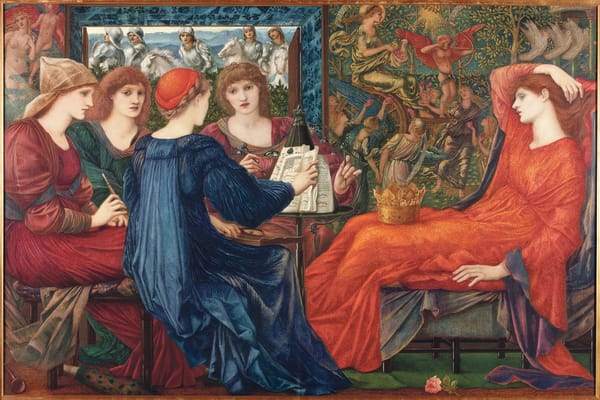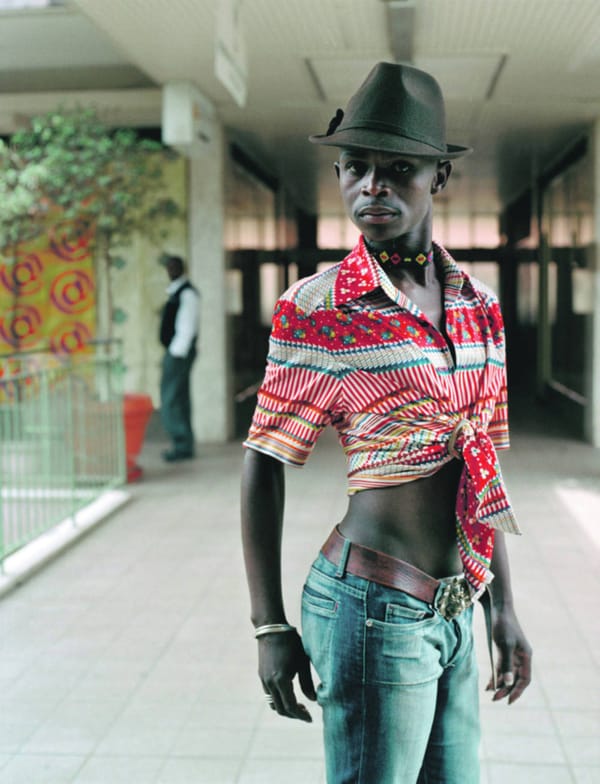Yamamoto’s fashionable life thus far
Retrospective fails to bring designer’s work to life

You walk in and there is a huge hall of whiteness, just one single dazzling room, peopled throughout by the headless bodies of life-sized dolls dressed in couture clothing. Do not worry though, your £7 has got you more than just a roomful of mannequins, oh no, there is a whole audiovisual extravaganza to be had. I headed straight for the long row of TVs strung up along the wall.
This technological experience (series of videos) guides you through Yamamoto’s life; a young man fresh out of law school in Tokyo who decided to follow his love for fashion through fashion tuition to his own fashion label and one of the most illustrious careers in the global fashion world.
If you have never heard of Yamamoto, you might still have felt his influence indirectly. He has pioneered androgynous clothing for women and enormously oversized clothes for men since his debut. He has shocked fashion pundits by producing ready-to-wear ranges which look more at home on the catwalk. Yamamoto’s created clothing designs for films, dancers and sports companies but the series of films on show give you a brilliant introduction to all the crazy, brilliant things he has been doing in fashion shows since the 70s.
What really strikes you from the concepts he has created in fashion is the sweetness of his insistence on utility and usefulness. It is lovely to see whole collections of clothes based on boiler suits, a show in which all the clothing was modelled by real musicians (think fifty year old men with massive accordions) who played as they watched their colleagues walk up and down.
If fashion is art then Yamamoto’s certainly is, his fashion shows are voluptuous with his meaningful ideas. As well as important statements, there is no denying that the clothes are technically clever and often transformative, innovative and beautiful. Some of the coloured, folded extravaganzas are reminiscent of enormous flowers, and the most impressive mannequin in the hall is dressed in just such a glory of lemon yellow.
One show featured the enactment of a wedding where the bride and groom arrived in matching black suits and proceeded to swap clothing so as to become indistinguishable. I was not sure of the message until two people wandered up behind me in the gallery complaining in horrified tones about the indecency of Kate Middleton’s wedding dress and the possible visibility of her nipples. Yamamoto’s fashion kills that dead in the water.
After the slick audio-visual presentation of Yamamoto’s work so far, the mannequins filling the hall were a bit of a let-down. His clothes look great on people apparently but on the dolls they tend just to look a bit mis-shaped. His insistence on utility also means that many of the clothes really are a bit dull too. Given how long he has been designing, there are not that many either, although for real enthusiasts it is a good chance to have a good look at the clothes close-up.








